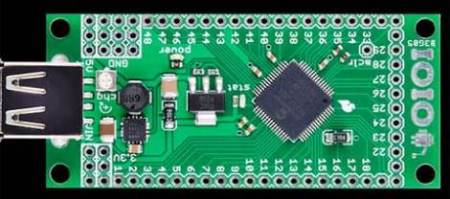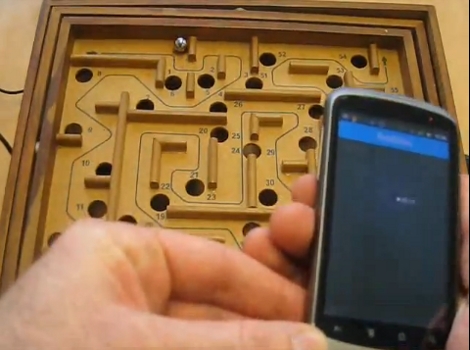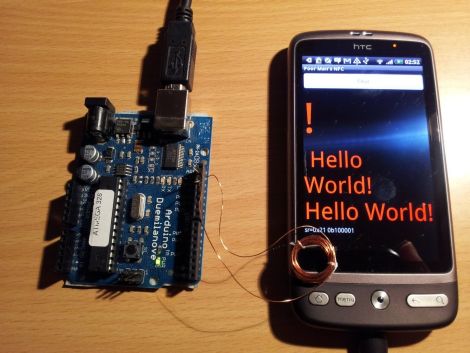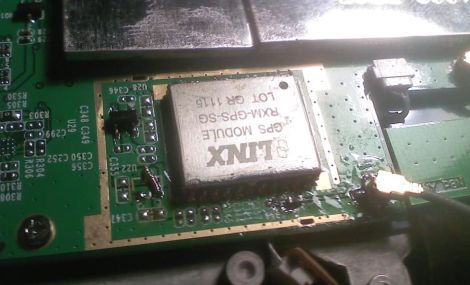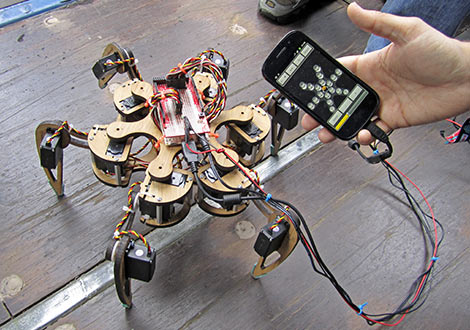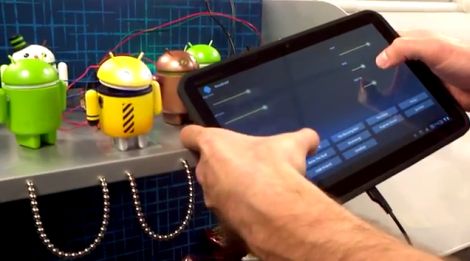
We have seen a few neat Google ADK projects pop up since its announcement a few weeks back, and this one is already on the list of our favorites.
YouTube user [chrisjrelliot] has put together a great hack demonstrating the ADK’s power and how easy it can be to control devices in real time with an Android-powered device.
He hacked apart an Android figure (naturally) and fitted it with some LED eyes as well as four servos. The servos are used to rotate the head, body, and arms of his Disco Droid, all of which can be controlled via his Android-powered tablet. As you can see in the video below, he is able to control the Droid’s actions in real time with a few simple swipes of his finger. One thing we did notice is that his tablet is not connected to anything via wires, so we are assuming that there’s a Bluetooth module hidden away somewhere in the mix.
While the video is a bit short on details, [Chris] promises that source code and build plans will be published in short order.
[youtube=http://www.youtube.com/watch?v=jwvkJVUECrg&w=470]

